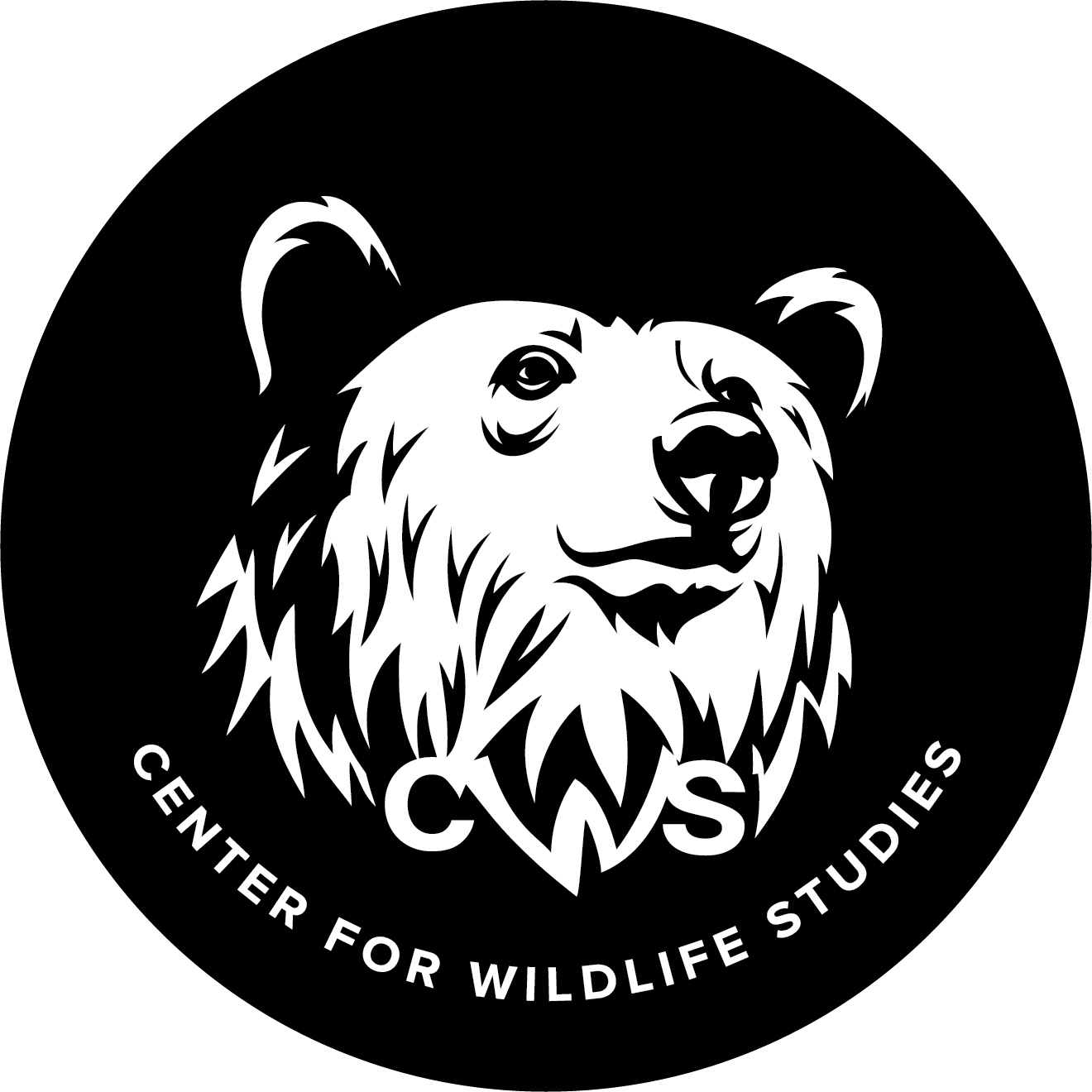 Image 1 of
Image 1 of


Generalized Linear, Additive, & Mixed Models
-
This course provides you with the ability to analyze a wide variety of ecological data in R, including counts, proportions, and continuous measurements, such as length and weight. Much of the course is concerned with fitting generalized linear models (GLMs), as these are a basic requirement for modern quantitative ecology and wildlife management. We cover Poisson and binomial models in detail, and extensions of these when the data are overdispersed and/or zero-inflated. We also cover the use of generalized additive models (GAMs) to fit flexible, non-linear curves to model the relationship between a response variable and a numerical predictor, such as distance or depth. We discuss model-checking and residual diagnostics, to see how well our model fits the data, and model comparison using AIC in order to see which terms should be included. Repeated measurements data, in which the response variable is measured at several points in time, are also considered in detail. We explain the distinction between fixed and random effects and show how to fit models that involve random effects.
This is a 1-credit equivalent academic course (16 contact hrs + additional work) where you learn at your own pace over 3 months.
-
Learn at your your own pace with or without instructor support (see Online Course Format Chart below for details).
Summer: June 2 - August 24, 2025 (Early bird ends May 4th)
Fall: September 2 – November 23, 2025 (Early bird ends August 3rd)
*Early bird saves $75
-
A basic understanding of probability and statistical methods, and some experience with fitting models in R (e.g., Introduction to Ecological Statistics & Modeling).
-
TOPICS
Generalized linear models (GLMs)
Poisson and binomial models plus their extensions
Use of generalized additive models (GAMs) to fit flexible, non-linear curves
Model-checking
Residual diagnostics
Models that allow for overdispersion and zero-inflation
Model comparison and averaging using AIC
Repeated measurements data
Profile analysis
Fixed and random effects
LEARNING OBJECTIVES
Understand which type of GLM or GAM is appropriate for your data
Gain experience fitting GLM or GAM to your data in R
Understand overdispersion and zero-inflation
Understand how to check the fit of a model using R
Know how to compare (and average over) different models using AIC
Gain experience in analyzing repeated measurements data in R
Understand the difference between fixed and random effects
Gain experience in fitting models with fixed and random effects in R
COURSE OPTIONS & INFORMATION (Review chart above, then click below)
-
FORMAT:
3 months of access to course materials as you work at your own pace
CONTINUING EDUCATION:
16 CEUs with The Wildlife Society
4 CEUs in Category I(a): Scientific Education and Training with the Ecological Society of America
Go to our Continuing Education Page for more details
-
FORMAT:
3 months of access to course materials as you work at your own pace
Get instructor support for the 3-month term via email, discussion threads, group meetings, and one-on-one appointments
After working through the course materials, set up an optional 1-hr meeting with the instructor to discuss your own personal project from work or school
CONTINUING EDUCATION:
16 CEUs with The Wildlife Society
4 CEUs in Category I(a): Scientific Education and Training with the Ecological Society of America
Go to our Continuing Education Page for more details
CERTIFICATIONS:
Earn 1 credit toward certification as an Associate/Certified Wildlife Biologist® (at any level) with The Wildlife Society
-
FORMAT:
12 months of access to course materials as you work at your own pace
Get instructor support for the 3-month term via email, discussion threads, group meetings, and one-on-one appointments
After working through the course materials, set up an optional 1-hr meeting with the instructor to discuss your own personal project from work or school
CONTINUING EDUCATION:
16 CEUs with The Wildlife Society
4 CEUs in Category I(a): Scientific Education and Training with the Ecological Society of America
Go to our Continuing Education Page for more details
CERTIFICATIONS:
Earn 1 credit toward certification as an Associate/Certified Wildlife Biologist® (at any level) with The Wildlife Society
Earn 1 credit towards a professional certificate in Applied Quantitative Ecology with CWS
ACADEMIC CREDIT:
Earn 1 academic credit (go to our Academic Credit Page for details)
Earn an additional 1-2 academic credits with an Applied Project

PRIMARY INSTRUCTOR
PROMOTIONAL VIDEO

“The GLAMM statistics course offered by the Center for Wildlife Studies was truly exceptional. The content was thoughtfully organized, and the instruction was fantastic!”
-Aaron Bott, Utah State University
SCHOLARSHIPS
Full scholarships are available to participants from countries designated as “lower income” and “lower middle income” in the World Bank List of Economies. Please see our CWS World Scholars Program page for details.
CANCELLATION POLICY
Cancellations 30 days or more before the start date are not subject to cancellation fees. Cancellations <30 days before the start date are subject to a 50% cancellation fee. No refunds once the course begins.

